The reduction in the number of fingers or toes has occurred many times in the evolution of tetrapods. The most famous example is the "Horse Fossil Sequence" (this is a series of equine fossils from primitive to progressive, which reveal the gradual reduction of limbs to one digit in the evolution of horses). On August 24, an international research team led by researcher Xu Xing from the Institute of Vertebrate Paleontology and Paleoanthropology, Chinese Academy of Sciences, published the latest research results in the magazine Current Biology. They discovered two new dinosaurs in China: The discovery of two dinosaurs, Bannykus wulatensis and Xiyunykus pengi, has improved our understanding of the complex process of how Alvarezosaurs reduced and gradually lost their fingers. The fossil specimens of these two new types of dinosaurs were discovered and discovered by a joint expedition team led by researcher Xu Xing from the Institute of Vertebrate Paleontology and Paleoanthropology, Chinese Academy of Sciences, Professor James Clark from George Washington University, and Professor Tan Lin from Inner Mongolia Longhao Institute of Geology and Paleontology. collected. Among them, Cyperonychus was discovered in the Junggar Basin in Xinjiang, China, in 2005, and Hemionychus was discovered in the northwest region of Inner Mongolia Autonomous Region, China, in 2009.
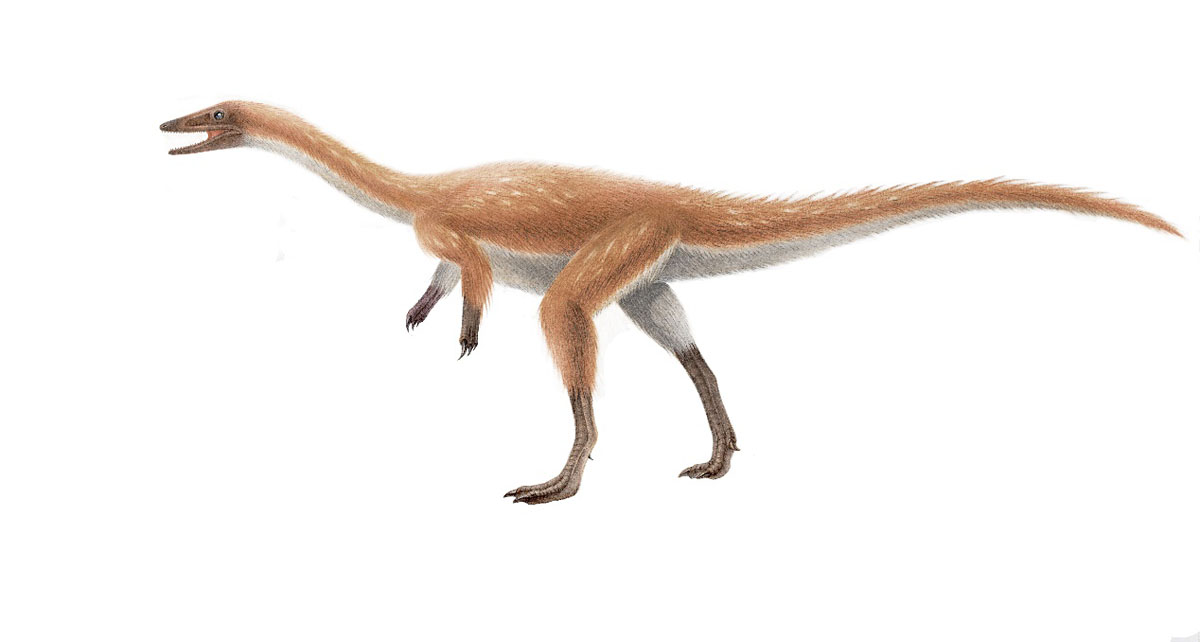
Figure 1 Restoration picture of Bannykus wulatensis (photo provided by Xu Xing, illustrated by Shi Aijuan)
Alvarezosaurs may be the most bizarre group of theropod dinosaurs. They have extremely short but very strong forelimbs. Each forelimb only has one specialized large claw, but they also have bird-like features. skull and hind limbs. Therefore, these strange characteristics have also led to widespread controversy over the phylogenetic position, biogeographic evolution history and ecological niche of this type of dinosaur. The early, not yet fully specialized Alvarezosaur fossils hold the key to resolving these disputes. But until this discovery, the fossil record of Alvarezosaurs ranged between the most primitive taxa (such as A. dexterosaurs, which lived in the Late Jurassic) and advanced taxa (such as Xixianyonychus Zhang's, which lived in the Late Cretaceous). There is always a time interval of more than 90 million years between centuries, especially in the Early Cretaceous, for which there is no definite fossil record worldwide.
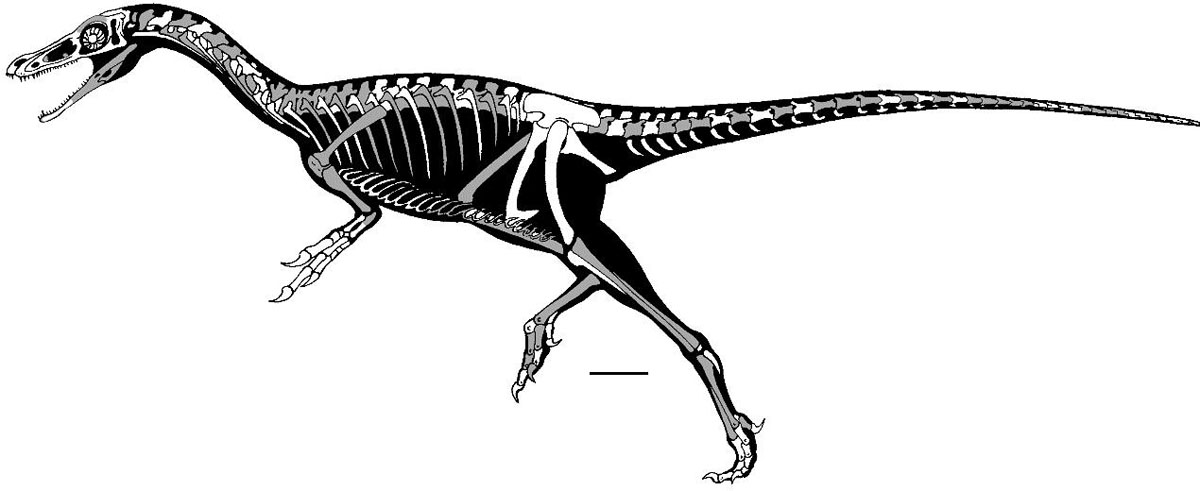
Figure 2 Skeletal line drawing of Xiyunykus pengi (photo provided by Xu Xing, illustrated by Shi Aijuan)
The two new Alvarezosaur fossils come from exactly in the middle of this 90-million-year geological gap, which is between early and late Alvarezosaurs on a time scale. between. Their discovery provides key evidence for the hypothesis that Alvarezosaurs originated in Asia as a monophyletic group and gradually spread to other continents. Hemionychus and Westlandonychus had some typical features of late Alvarezosaurs, such as a specialized enlarged first finger claw, a mechanically efficient forearm structure, and a thick humerus. However, the relative proportions of their forelimbs are closer to those of primitive alvarezosaurs and very different from the extremely short forelimbs of later alvarezosaurs. Based on this, morphological observations of Hemionychus and Xiyangyonychus have gradually revealed the macroevolutionary process of the forelimbs of Alvarezosaurs: from early Alvarezosaurs to longer "longer limbs" that were close to primitive theropods. The forelimbs of "prehensile type" (such as Dionychiosaurus), to the forelimbs of Hemionychus and Westlandonychus with longer forelimbs and specialized claws, to the highly specialized, shortened and functional forelimbs of late Alvarezosaurs The forelimbs are single-digited.
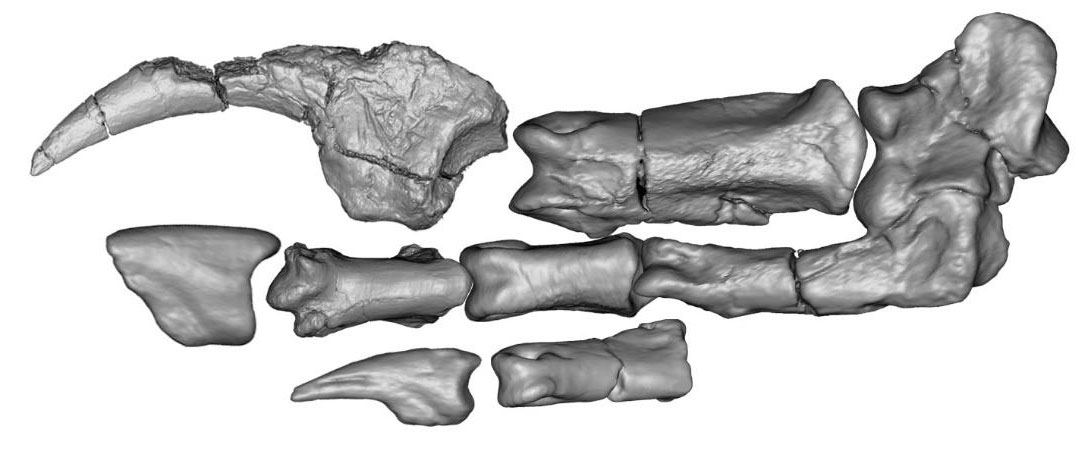
Figure 3 The strange-shaped hands of Bannykus wulatensis (Photo provided by Xu Xing)
"This transformation lasted in a gradual manner for nearly 50 million years," said researcher Xu Xing, the author of this article. "Perhaps one day, the evolutionary process of Alvarezosaurs may one day become like the North American horse fossil sequence. 'Such a classic example of macroevolution."
"Alvarezosaurs are an incredible group of animals," said Dr. Choiniere of the University of the Witwatersrand in South Africa, a co-author of this article. "They had strong hands with large claws, but their upper and lower jaws were Very delicate, like aardvarks and anteaters among dinosaurs." But what is interesting is that early Alvarezosaurs had typical carnivorous teeth and hands that were better for grasping prey. Only the late Alvarezosaurs evolved huge single claws. These large claws were probably used to dig and destroy dead wood and ant nests, and eat the ants or termites inside. The fossils of Hemionychus and Westlandonychus are very important because they show the process by which Alvarezosaurs gradually adapted to this new food.
"These fossil records are one of the best demonstrations of how anatomical features evolved," said Professor Clark, a co-author of the paper. "Like other examples often mentioned in evolutionary biology, such as the 'horse fossil sequence', These dinosaurs show how organisms in a clade can change their niche over time, from carnivorous to insectivorous."
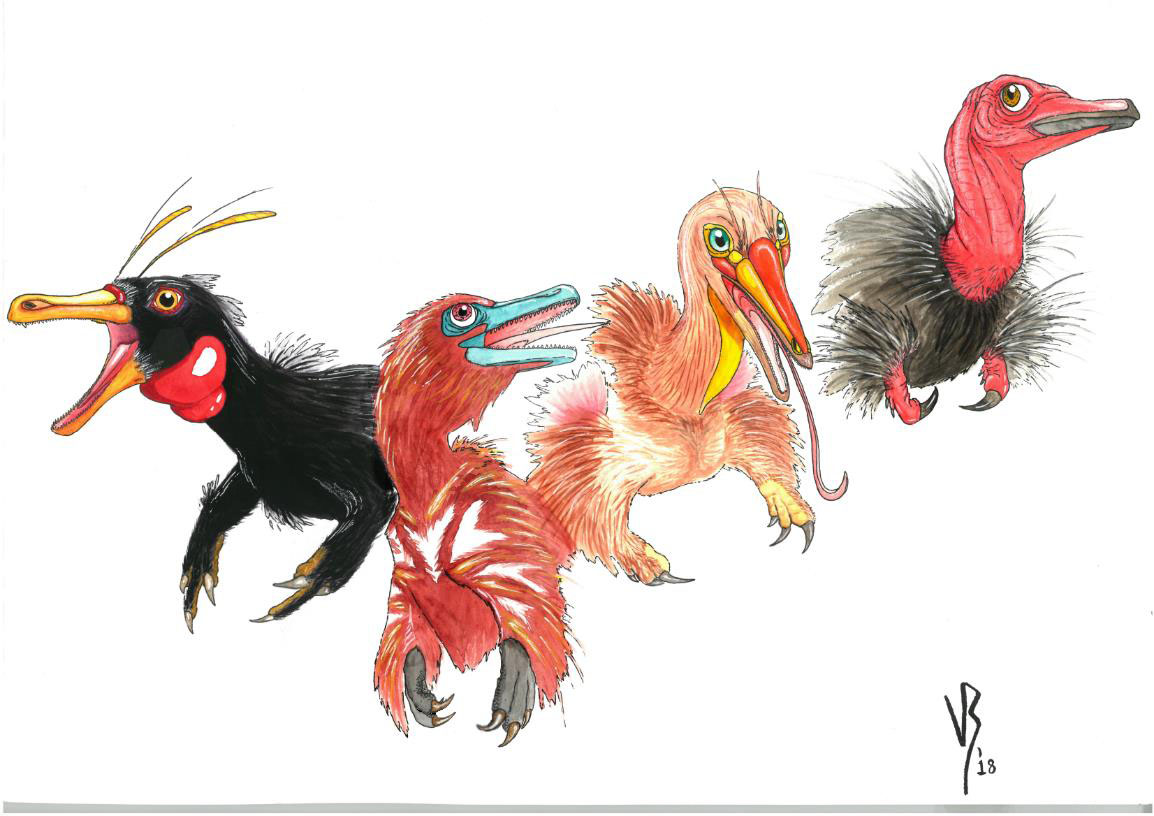
Figure 4. Reconstruction of a representative species of Alvarezosaurus, showing the interesting evolution of the forelimbs. (Photo provided by Xu Xing, painted by Vikto Radermacher)
Dr Roger Benson, from the University of Oxford, added: "The two new fossil specimens have very long forelimbs, so this suggests that Alvarezosaurs evolved a lot of limbs much later in their evolution. Short forelimbs, but what is interesting is that these dinosaurs with short arms were very small (even less than one meter in length). This is different from another more famous group of dinosaurs with shortened forelimbs - tyrannosaurs, which have Those with short forelimbs tend to have huge body shapes"
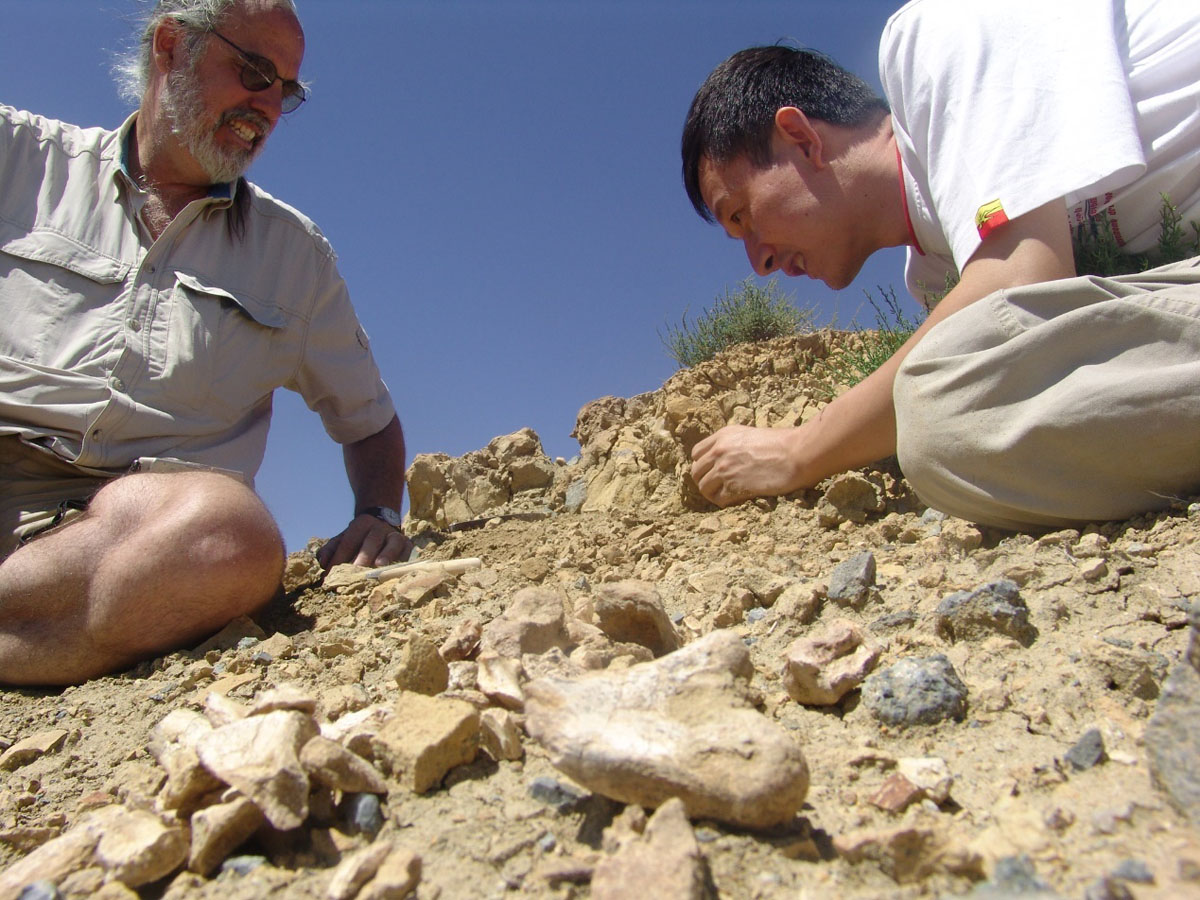
Figure 5 The author of this article, researcher Xu Xing, and his collaborator, Professor James Clark, conducted a field investigation in the Inner Mongolia Autonomous Region (photo provided by Xu Xing)
In the past few decades, China has produced a batch of the most important dinosaur fossil specimens. "Our international field expedition team has made great achievements in recent years," said researcher Xu Xing. "This study only shows the tip of the iceberg of our amazing discoveries."
animal tags: Westenyonychus Alvarezsaurus dinosaur tyrannosaurus fossil
We created this article in conjunction with AI technology, then made sure it was fact-checked and edited by a Animals Top editor.